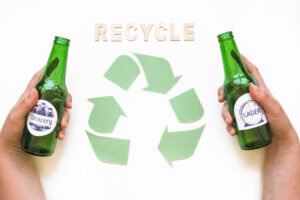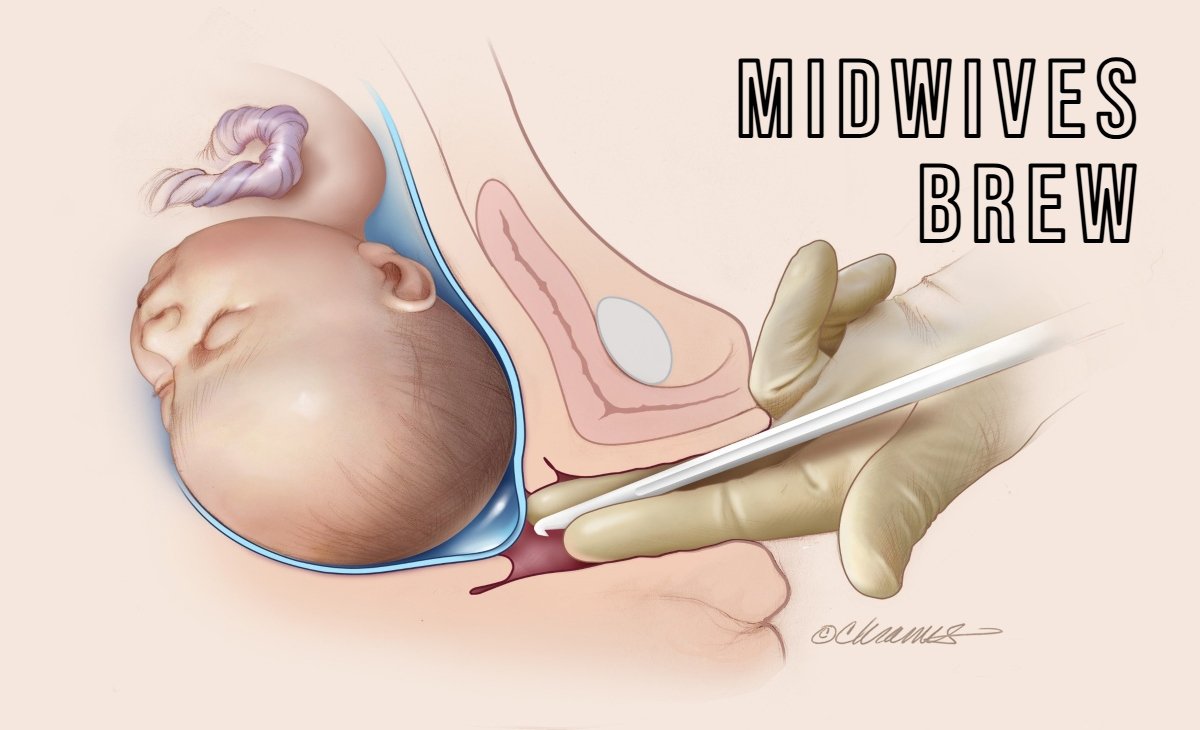In today’s world, where environmental concerns are at an all-time high, recycling has emerged as a critical practice for preserving our planet. From reducing waste to conserving resources, recycling plays a vital role in creating a sustainable future. But why is recycling so important, and how does it impact our daily lives? In this article, we’ll explore the significance of recycling, its benefits, and how you can contribute to this global effort.
What is Recycling?
Recycling is the process of converting waste materials into reusable objects. Instead of discarding items like paper, plastic, glass, and metal, recycling allows these materials to be processed and transformed into new products. This not only reduces the amount of waste sent to landfills but also minimizes the need for raw materials, saving energy and reducing pollution.

Why is Recycling Important?
Recycling is more than just a trend; it’s a necessity for the health of our planet and future generations. Here are some compelling reasons why recycling is important:
1. Conserves Natural Resources
Our planet’s natural resources are finite. Recycling helps conserve these resources by reducing the demand for raw materials. For example:
- Paper Recycling: Saves trees and forests, which are crucial for oxygen production and carbon sequestration.
- Metal Recycling: Reduces the need for mining, which can cause environmental degradation.
- Plastic Recycling: Decreases the reliance on petroleum, a non-renewable resource.
By recycling, we can extend the life of existing materials and reduce the strain on natural ecosystems.
2. Reduces Landfill Waste
Landfills are overflowing with waste, much of which takes hundreds of years to decompose. Recycling diverts waste from landfills, reducing the amount of trash that ends up in these sites. This helps:
- Prevent Soil and Water Pollution: Harmful chemicals from decomposing waste can seep into the soil and water, contaminating ecosystems.
- Reduce Greenhouse Gas Emissions: Decomposing organic waste in landfills produces methane, a potent greenhouse gas that contributes to climate change.
3. Saves Energy
Producing new products from raw materials requires significant energy. Recycling, on the other hand, consumes far less energy. For example:
- Recycling Aluminum: Uses 95% less energy than producing aluminum from bauxite ore.
- Recycling Glass: Saves up to 30% of the energy needed to create new glass from raw materials.
By recycling, we can reduce energy consumption and lower our carbon footprint.
4. Protects Wildlife and Ecosystems
Improper waste disposal, especially plastic waste, poses a severe threat to wildlife and ecosystems. Animals can mistake plastic for food, leading to injury or death. Recycling helps:
- Reduce Plastic Pollution: Keeps plastic out of oceans and rivers, protecting marine life.
- Preserve Habitats: Reduces deforestation and habitat destruction caused by resource extraction.
5. Boosts the Economy
Recycling isn’t just good for the environment; it’s also good for the economy. The recycling industry creates jobs in collection, processing, and manufacturing. Additionally, recycling reduces the costs associated with waste disposal and raw material extraction.
The Environmental Impact of Not Recycling
Failing to recycle has severe consequences for the environment. Here’s what happens when we don’t recycle:
- Increased Pollution: Landfills and incinerators release harmful chemicals and greenhouse gases.
- Resource Depletion: Overexploitation of natural resources leads to habitat destruction and biodiversity loss.
- Climate Change: Higher energy consumption and greenhouse gas emissions accelerate global warming.
By neglecting recycling, we contribute to these problems and jeopardize the health of our planet.
How Recycling Works
Understanding the recycling process can help you appreciate its importance. Here’s a step-by-step overview:
- Collection: Recyclable materials are collected from homes, businesses, and public spaces.
- Sorting: Materials are sorted by type (e.g., paper, plastic, glass) at recycling facilities.
- Processing: Sorted materials are cleaned, shredded, and processed into raw materials.
- Manufacturing: Raw materials are used to produce new products.
- Distribution: Recycled products are sold and distributed to consumers.
This cycle reduces waste, conserves resources, and minimizes environmental impact.
What Can Be Recycled?
Not all materials are recyclable, but many common items can be recycled. Here’s a list of recyclable materials:
- Paper: Newspapers, magazines, cardboard, office paper.
- Plastic: Bottles, containers, bags (check local guidelines for specific types).
- Glass: Bottles and jars.
- Metal: Aluminum cans, steel cans, foil.
- Electronics: Old phones, computers, and appliances (e-waste recycling).
- Textiles: Clothing, shoes, and fabrics.
Always check your local recycling guidelines to ensure you’re recycling correctly.
Common Recycling Myths Debunked
There are many misconceptions about recycling. Let’s clear up some of the most common myths:
- Myth: Recycling is too time-consuming.
- Fact: Recycling is easy once you establish a routine. Many communities offer curbside pickup for recyclables.
- Myth: Recycling doesn’t make a difference.
- Fact: Recycling has a significant impact on resource conservation, energy savings, and pollution reduction.
- Myth: All plastics are recyclable.
- Fact: Only certain types of plastic can be recycled. Check the recycling symbol on the product.
How You Can Contribute to Recycling
Recycling starts at home. Here are some practical tips to help you recycle effectively:
- Know Your Local Guidelines: Familiarize yourself with what can and cannot be recycled in your area.
- Reduce and Reuse: Before recycling, consider reducing your consumption and reusing items whenever possible.
- Separate Waste: Use separate bins for recyclables and non-recyclables to make sorting easier.
- Clean Recyclables: Rinse out containers to remove food residue, which can contaminate recycling batches.
- Support Recycled Products: Choose products made from recycled materials to close the recycling loop.
The Future of Recycling
As technology advances, recycling is becoming more efficient and accessible. Innovations like:
- Chemical Recycling: Breaks down plastics into their chemical components for reuse.
- Smart Bins: Use sensors to sort and track recyclables.
- Biodegradable Materials: Reduce the need for traditional recycling by using materials that decompose naturally.
These advancements promise to make recycling even more effective in the years to come.
Conclusion
Recycling is not just an environmental responsibility; it’s a way of life that benefits us all. By conserving resources, reducing waste, and protecting ecosystems, recycling helps create a healthier and more sustainable planet. Every small effort counts, and together, we can make a significant impact.
Start today by incorporating recycling into your daily routine. Remember, the choices we make today will shape the world we leave for future generations. Let’s work together to build a greener, cleaner, and more sustainable future.











